India is a country with a diverse climate, which means that the rules for home gardening vary from region to region. In this blog post, we will explore 100 key rules for home gardening in India so that you can make the most of your green space no matter where you live. From choosing the right plants for your climate to watering and fertilizing tips, this blog post has everything you need to start your home gardening journey in India.
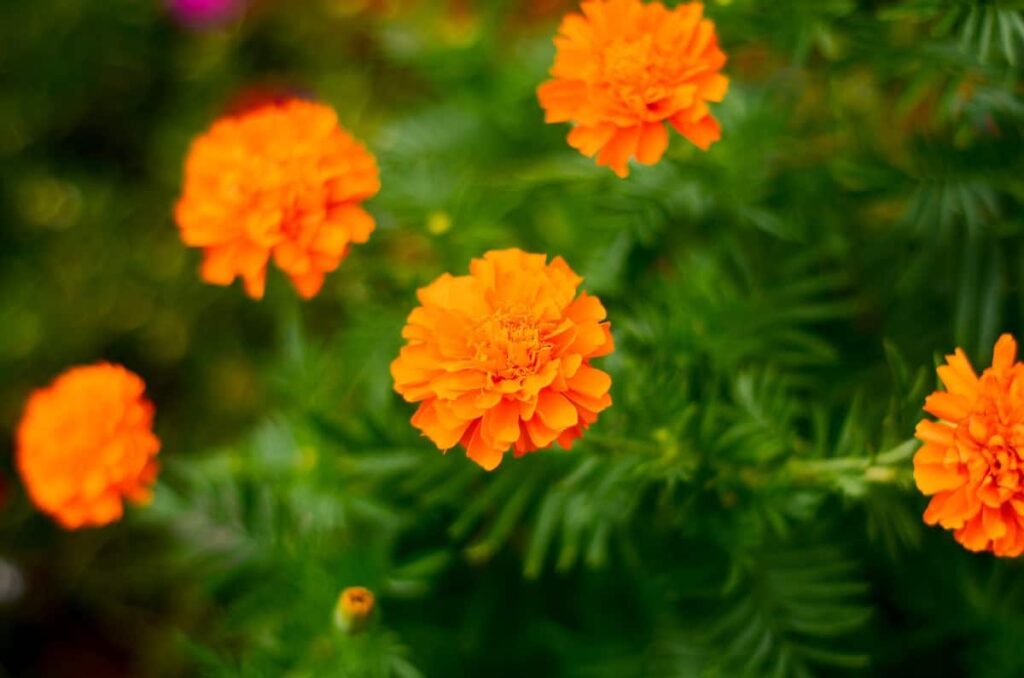
Key rules for home gardening in India
Soil preparation
The first step in starting a home garden is preparing the soil. Indian soil typically has a high clay content, making it difficult for plants to root and grow. Add organic matter such as compost or well-rotted manure to the soil to improve drainage and aeration. You can also add Perlite or vermiculite to help with drainage. The goal is to create a loose, crumbly texture that will allow roots to penetrate and receive the nutrients they need easily.
After you’ve amended the soil, it’s time to test its pH levels. Most plants prefer slightly acidic soil with a pH between 6.0 and 7.0. You can purchase a testing kit from a gardening store or send a sample of your soil to a lab for analysis. If the pH is too high or low, you can adjust it by adding sulfur or lime to the soil. Once your soil is ready, you can start planning what to plant!
Seeds and planting
There are a few key things to keep in mind regarding seeds and planting in home gardens in India. First, it is important to choose the right type of seed for the climate and region in which you live. Second, the time of year also influences what types of seeds should be planted. Third, ensure that the soil is of good quality and well-drained before planting any seeds. Fourth, water the seeds regularly and do not let them dry out. Finally, fertilize the soil regularly to ensure the optimal growth of your plants.
In case you missed it: Backyard Gardening Basics: Tips and Ideas What Every Gardener Should Know
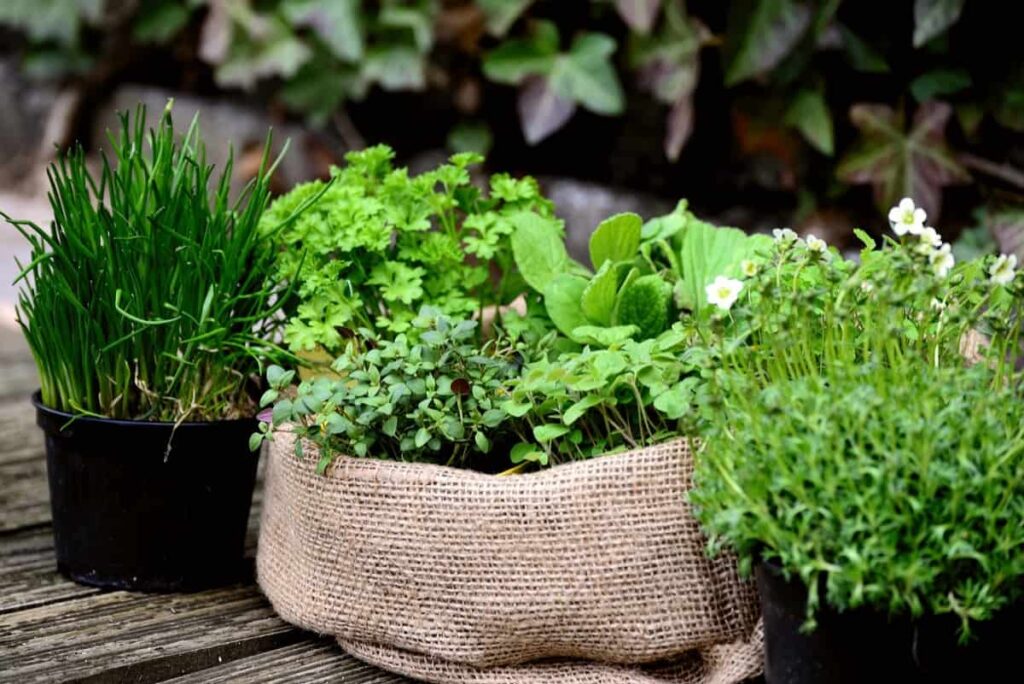
Watering
Watering is one of the most important aspects of gardening, and it is important to know how much and how often to water your plants. Watering your plants deeply and less frequently is the best way to water them. This means that you should water your plants so that the water penetrates the soil and reaches the roots. Watering deeply will encourage your plants to develop deep roots, making them more drought-resistant.
In general, you should water your plants once a week, but this will vary depending on the type of plant, the weather, and the amount of sunlight they receive. If it is very hot or sunny, you may need to water your plants more often. If it rains regularly, you may not need to water your plants as often. Always check the soil before watering to see if it is dry; if it is moist, wait another day or two before watering again.
Fertilizing
Fertilizing is one of the key things you need to do to ensure a healthy garden. But, with so many different products and methods, it can be confusing to know what to do. Here are some tips on fertilizing your garden in India:
- Use organic fertilizer whenever possible. This will help improve the quality of your soil and prevent chemical buildup.
- If you must use chemical fertilizer, follow the directions carefully. Over-fertilizing can damage your plants.
- Apply fertilizer before the rainy season, so it has time to work into the soil before the heavy rains come.
- Try to water your plants with recycled water whenever possible. This will help reduce the number of chemicals you’re using overall.
- Mulch your plants heavily during the hot months to help retain moisture and keep weeds at bay.
In case you missed it: How to Start Home Gardening in Asia: For Indoors, Outdoors, Raised Beds, Backyards, Terrace, Pots, and In Containers for Beginners
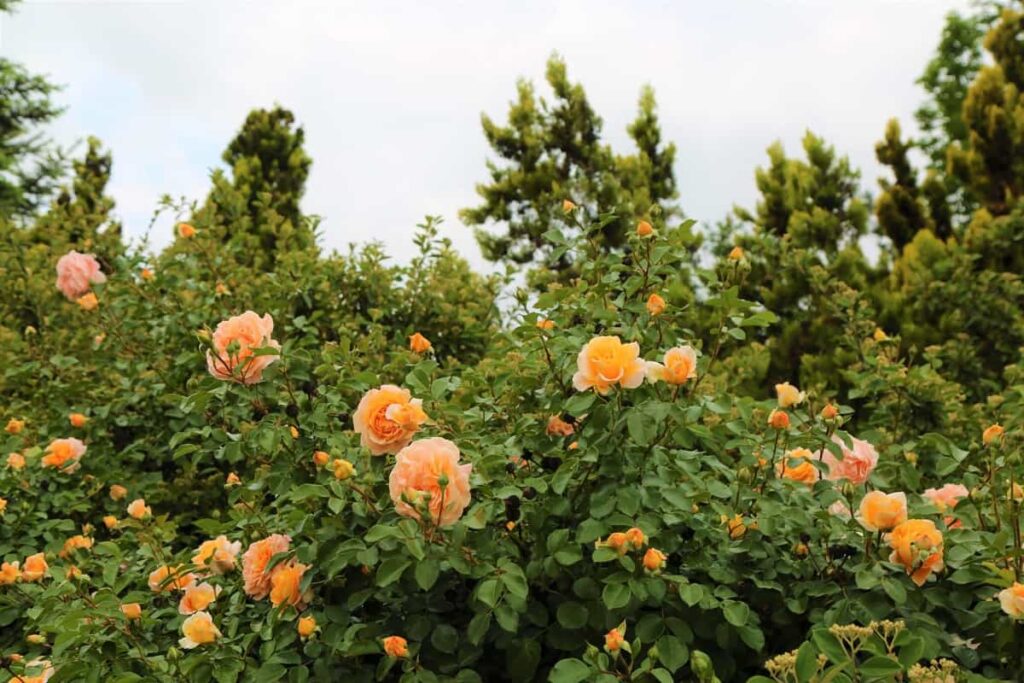
Composting
- Compaosting is one of India’s key rules for home gardening.
- It breaks down organic matter into useful soil amendments.
- Composting helps to improve soil structure, increase water retention, and reduce weed growth.
- It also reduces the amount of organic waste that goes to landfills.
- There are many ways to compost, but the most common method is to simply pile organic waste in a designated area and let it decompose over time.
- Be sure to turn the pile regularly to aerate it and speed up the decomposition process.
- Once the compost is fully broken down, it can be used as a natural fertilizer for your plants.
Weed control
- Weed control is one of the most important aspects of gardening in India. With the hot climate and high rainfall, weeds can quickly take over a garden if not controlled. There are a few key things to remember when it comes to weed control in India:
- Weeds thrive in warm, moist conditions. So, it is important to keep your garden as moisture-free as possible. This means watering your plants in the morning so that the soil can dry out during the day.
- Weeds also love fertile soil. So, ensure you use a good quality potting mix or garden soil that is not too high in nutrients.
- Remove weeds as soon as you see them. The longer they are left, the harder they will remove and the more likely they will spread Seeds.
- Use a hoe or trowel to dig up weeds and get all the roots. Alternatively, you can use a weed whacker or herbicide. Just be careful not to damage your plants in the process.
Pest and disease control
Pests and diseases are common problems in home gardens. There are several ways to control them, but the most important thing is to be proactive and watch for signs of trouble. Organic methods are one of the best ways to control pests and diseases. This means avoiding the use of synthetic pesticides and herbicides. Instead, focus on natural controls such as beneficial insects, traps, and physical removal.
In case you missed it: Top 15 Agricultural Universities in the USA: Best List
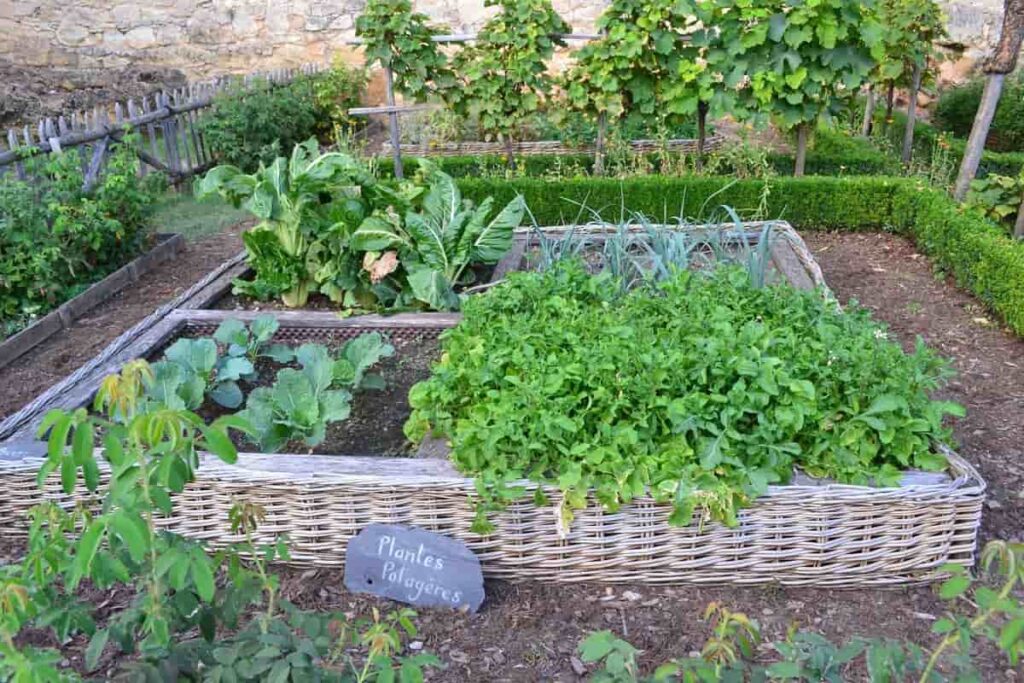
Another key rule is to practice crop rotation. This means growing different crops in different areas of the garden each year. This helps to break the cycle of pests and diseases and keeps the soil healthy. Finally, make sure to clean up any debris in the garden at the end of the growing season. This includes removing dead leaves, stems, and fruits from the plants. This helps to prevent disease outbreaks next year.
Harvesting
- Harvesting is an important part of gardening, and there are a few key things to remember when harvesting your crops.
- First, make sure to harvest your crops at the right time. If you harvest too early, the crop will not mature and have all of its nutrients. If you harvest too late, the crop will be overripe and may be past its prime.
- Second, handle your crops carefully during harvesting. If you damage the plant or fruit during harvesting, it will affect the quality of the crop.
- Third, you need to clean your harvesting tools before using them on your crops. This will prevent the spread of disease and pests.
- Fourth, label your harvested crops, so you know what they are and when they were harvested. This will help you keep track of your garden’s progress and ensure that you are using fresh produce.
- Fifth, store your harvested crops properly to maintain their quality. Be sure to keep them away from moisture and heat to prevent spoilage.
In case you missed it: Urban Gardening Ideas for Beginners: Tips, Tricks, and Techniques
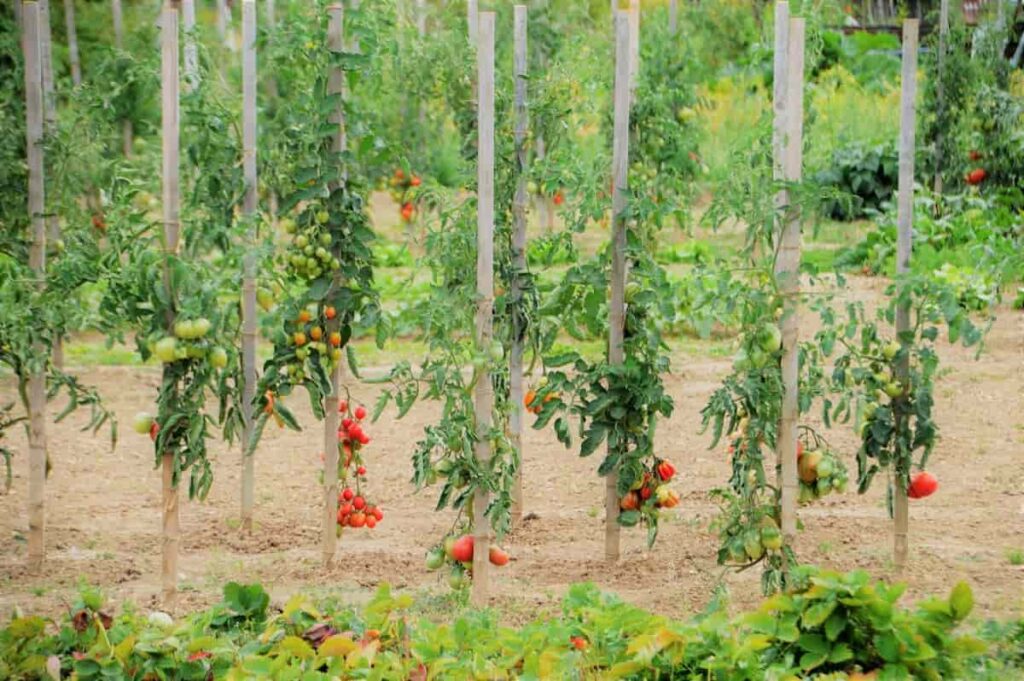
10 clever gardening tips and ideas in India
- Get started with composting: Composting is a great way to reduce your food waste and add nutrient-rich matter to your garden soil.
- Use kitchen scraps in the garden: Don’t throw away those veggie scraps – use them to feed your plants!
- Set up a rainwater harvesting system: Save water and money by collecting rainwater to use in your garden.
- Grow native plants: India is home to a huge variety of native plants that are well-suited to the local climate.
- Use organic fertilizers: Give your plants a boost with organic fertilizers made from natural ingredients.
- Attract beneficial insects: Encourage helpful insects like ladybugs and bees to visit your garden by planting their favorite flowers.
- Control pests naturally: Use natural pest control methods to keep your garden free of harmful chemicals.
- Mulch your garden beds: Mulching helps conserve moisture and keeps down weeds – it’s a win-win!
- Create a wildlife-friendly garden: Provide homes for birds, bees, and other wildlife by incorporating specific plants and features into your garden design.
- Get involved in community gardening: Community gardens are a great way to meet other gardeners and learn new tips and tricks!
In case you missed it: A Guide to Understand Vertical Urban Farming/Gardening: Check How this Helps Beginners
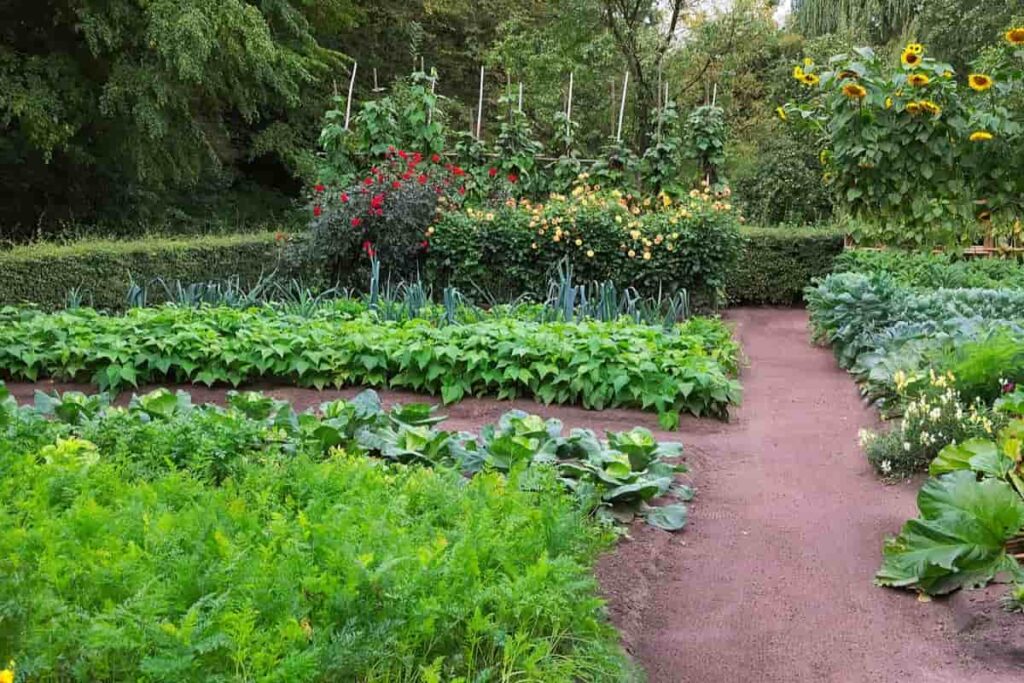
Conclusion
If you’re looking to start gardening in India, you need to keep a few key things in mind. From the type of plants that will do well in the Indian climate to the best time of year to plant them, these 100 rules for home gardening in India will help you get started on the right foot. So what are you waiting for? Get out there and start planting!
- Crops Grown in Summer Season: Best Choices for Summer Gardening
- Organic Pest Control for Tomato Farming
- How to Maximize Sheep Farming Profit
- Broccoli Varieties: Choosing the Right Cultivars for Your Farm
- How to Raise Pigs in Your Own Backyard: A Comprehensive Guide
- Budget Friendly Sheep Shed Ideas: Cheap and Low-Cost Tips
- How Much Do Cattle Farmers Make: Revenue Streams in Cattle Farming
- Management Pests and Diseases in Your Cotton Field
- Sheep Farming Business Plan for Beginners
- Aquaponic Farming at Home: A Step-By-Step Guide
- Profitable Village Farming Business Ideas in 2024
- High-Yield Aquaculture: Fast-Growing Fish for Farming
- Effective Fish Pond Construction Techniques for Beginners
- Irrigation and Water Management in Pineapple Farming
- Blossom to Harvest: Mastering Flowering and Pollination in Papaya Farming
- Pig Fattening Essentials: From Selection to Sale for Beginners
- Raising Wagyu Cattle: A Complete Guide for Premium Beef Production
- Soil Types and Their Water Holding Capacity
- Optimizing Irrigation Schedules for Coconut Groves for Enhanced Yield
- Espresso Your Garden: Coffee Grounds for Healthier Acid-Loving Plants
- The Best Soil Mix for Snake Plants: How to Mix Your Own Snake Plant Soil
- Green Thumb Success: Expert Tips for Cultivating Greenhouse Beans All Year Round
- Bloom All Year Round: The Ultimate Guide to Indoor Hyacinth Care
- Eco-Friendly Gardening: How to Make Liquid Fertilizer from Kitchen Waste
- Ultimate Guide to Grow Anise in Pots: Explore Seed Propagation to Harvesting
- Guide to Raising Chester White Pigs: Discover Breed Facts to Growth Management
- Mastering the Elegance: The Ultimate Guide to Weeping Cherry Tree Care, Planting, and Maintenance
- Ultimate Guide to Planting Garlic in Grow Bags: Growing Strategies for Beginners
- How to Fix Spider Plant Leaf-Related Problems: Natural and Organic Remedies
- 10 Reasons Why Your Tulsi Plant is Shedding Leaves: Home Remedies and Solutions
- Optimizing Growth and Yield: The Advantages of Palm Bunch Ash Fertilizer
- Utilizing Neem Oil Extract as a Natural Pesticide for Hydrangea
- From Soil to Harvest: Various Ways in Which Farmers Can Use AI Tools
- Steps to Encourage and Induce Citrus Flowers: A Comprehensive Guide
- How to Fix Snake Plant Leaf-Related Issues: Natural and Organic Remedies
- Transform Your Garden into a Fragrant Oasis with Raat Ki Rani (Night Blooming Jasmine)
